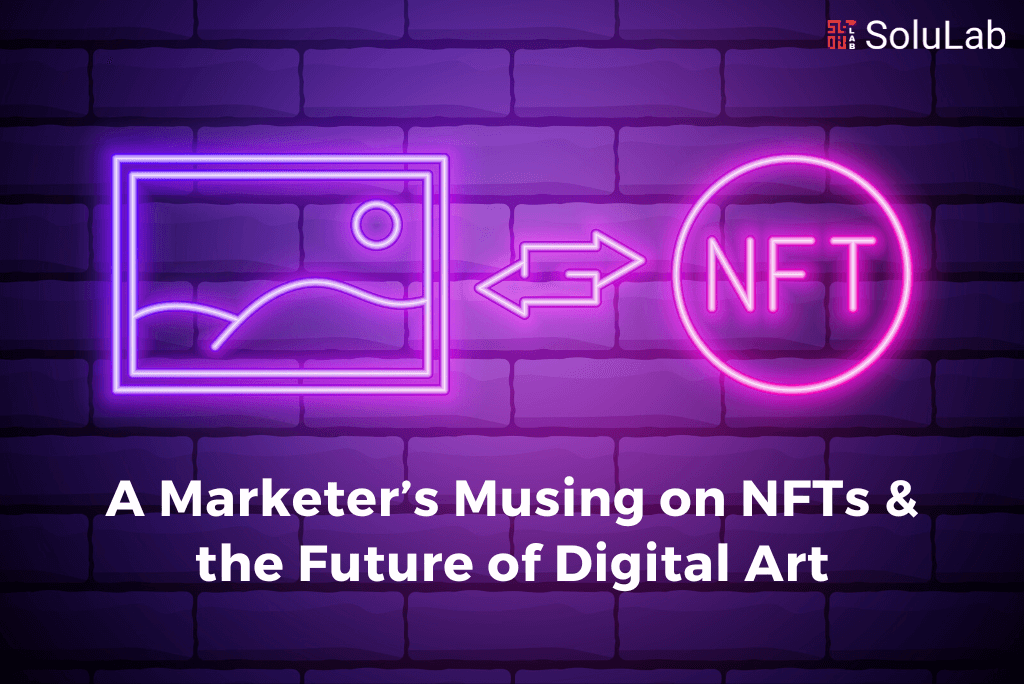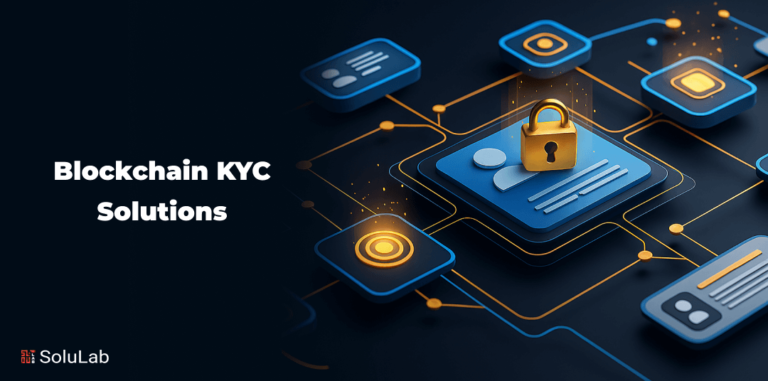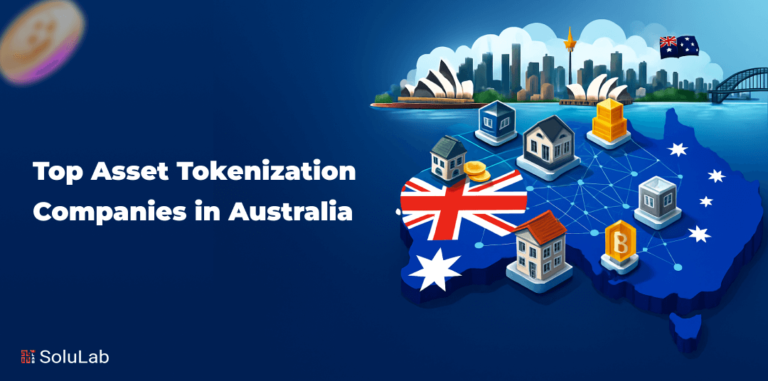
By now, you’re probably familiar with the concept of NFTs (non-fungible tokens), which are digital art nft authenticated by blockchain technology. I’m guessing that one of these headline stories caught your eye:
- To celebrate the 10th anniversary of the iconic Nyan Cat gif, its creator Chris Torres sold the original for 300.00 Ethereum (about $600K).
- The digital artist Mike Winkelmann, aka Beeple, brought crypto to Christie’s — and the auction of his “Everydays — The First 5000 Days” sold for a jaw-dropping $69,346,250. (Until October 2020, $100 was the most he’d ever sold a piece for.)
- Kings of Leon is the first band to release a new album (When You See Yourself) as an NFT. It’s already generated a reported $2 million — and the sale goes until March 20th. (So keep checking that number!)
- The digital collectibles platform NBA Top Shot just sold 10,631 packs of basketball videos for a record $1.05 million in revenue.
Why NFTs are suddenly getting all this ink seems to be all about the coin. (Cryptocurrency, that is.)
But this situation reminds me of that famous scene in the movie Jerry Maguire. It’s not about the coin at all. If you think that, you’re missing the bigger picture.
It’s really about the Quan, as Jerry’s client, wide receiver Rod Tidwell explained:
“You know some dudes might have the coin. But they’ll never have the Quan…It means love, respect, community, and the dollar too. The entire package!”
Something the proverbial starving artist rarely gets in her or his lifetime — dying broke and unknown or underappreciated isn’t just a cliché. From Vincent Van Gogh to Johann Sebastian Bach, Emily Dickinson, and Jean-Michel Basquiat, artistic genius has a long tradition of suffering in poverty and isolation.
Until now.
Art drives culture, and culture drives art. NFTs are a tipping point to finally give makers their due. The entire package.
They can be a boon for marketers, too, if we don’t screw it up.
The (Digital) Artist’s Way
Topping the list of what I think is most interesting about NFTs is how they transcend the concepts of ownership and trust. And how they support the involvement of the artist with their creation as it iterates over time.
This is a major shift from how it used to be for most successful artists: once you can’t make art any longer (i.e., you’ve gone insane or died), the value goes up.
For the digital artist, whose works are so easily copied, the option to make money on your art was even more dismal. Nyan Cat was seen 90,000,000 in its first few years of existence and spawned endless memes, riffs, and videos. But I’m imagining Chris Torres didn’t get any direct profits a decade ago from having melded a Pop-Tart body onto a pixelated, rainbow-fueled cat.
With NFTs, digital content creators are now able to put value on their service. Crypto art transforms authentication, which is important for the seller and buyer alike. Plus, creators can build whatever they want into their work. This goes beyond being self-serving. For example, the New York Times reported that artist Sara Ludy built profit-sharing with her staff into her NFT sales, saying, “I wanted to set an example of one of the many ways funds could be redistributed with this new market.”
Likewise, Grimes’ new music, WarNymph Collection Volume I, which sold out in 20 minutes to the tune of $6 million, donated a percentage of the proceeds to a carbon offset non-profit. (Blockchain technology/mining is notoriously bad for the environment. My hope is that proof of stake, which is much more sustainable than proof of work, will become the norm for Ethereum, the platform that houses most NFTs.)
The new market takes collecting to the next level. If you haven’t already, take a look at some of the marketplaces: Zora, Foundation, OpenSea, Nifty Gateway, SuperRare, and Rarible, among others. As you’ll notice, basically any creation can be signed, not just digital art. Everything from music to collectibles and tangible goods are all there. As a maker, tokenizing ensures that it is unique and branded as your work. The bridge between creator, seller, and buyer is an immutable ledger — the blockchain — which breeds more fairness across the board.
This is a sea change for artists, giving them more power and a direct connection to their audience. The blockchain authenticates creators’ works AND includes rules for future use. When the market speculates and ownership changes, the artist stays in the digital picture.
So, for example, Beeple’s contract builds 10% of every sale of his work to secondary markets. As he told the New York Times, “When you buy the artwork, you’re sort of entering into a relationship with me.” (Like Grimes, he’s now planning to contribute to carbon offsets to neutralize his environmental impact.)
Read also: NFT Art Marketplace Development: A Detailed Guide to Create NFT Marketplace for Artists
For this, and everything else I’ve mentioned, I think NFTs are one of the more exciting things to happen to the art community in a long time. It brings next-level legacy value to the artist and their family because the digital signature and fingerprint are forever minted in the work — forgery-proof, steal-or-hack-proof, and the ultimate preservation of originality.
The Evolution of Art and Commerce
“Direct to consumer” or DTC is the buzzword for today’s consumer market. From small independent brands to massively well-known brands, the playing field is leveled without a third party.
So too, is the case in the world of NFTs. For example, on Rarible, you can buy art from countless aspiring artists and Taco Bell. The latter just made news selling out a collection of fast-food-themed tokens of primarily animated art, with profits going to the Taco Bell Foundation, which supports education and career progression for young people.
Clearly, Taco Bell isn’t in it for the beans (sorry, I had to). But they are positioning themselves as cutting-edge and artsy. They are speaking directly to their fans. And in this new economy, that’s valuable.
So, what’s interesting to the marketing side of me about the whole crypto movement from the OG NFTs, CryptoKitties, to today is the growing interest in both originality and collectibility of everyday items. This is, of course, nothing new — from sneaker culture to the iconic Eames chair, aesthetic integrity and authenticity are worth preserving, cherishing, and paying for.
Read also: 6 Tips to Promote Your NFT Art
As they say, where the energy goes, the attention flows. And what we’re talking about here is the concept of currency. That root word — current — guides you to see where the market is going. When Elon Musk Tweets you can now use Bitcoin to buy a Tesla, the shift has happened. (For the record, you can also use Bitcoin for lease and membership payments at District, the co-working space that’s home to Digital Surgeons HQ.)
The more we digitize our life, the more we need immutable transactions.
To go with the flow, forward-thinking companies should consider how NFTs might factor into their brand and content syndication strategies. So, for example, I might recommend sponsoring the creation of a series of digital art pieces by underrepresented artists. We then mint the designs as an NFT collection, selling them off to benefit the artists and a worthy cause. Everybody wins.
The possibilities are quite literally endless. Not just for profit, but for a whole new form of currency — the real Quan. NFTs are the entire package for those of us who care about art and design: love, respect, community, and the (ETH)coin, too.
Blog Credits: Medium




